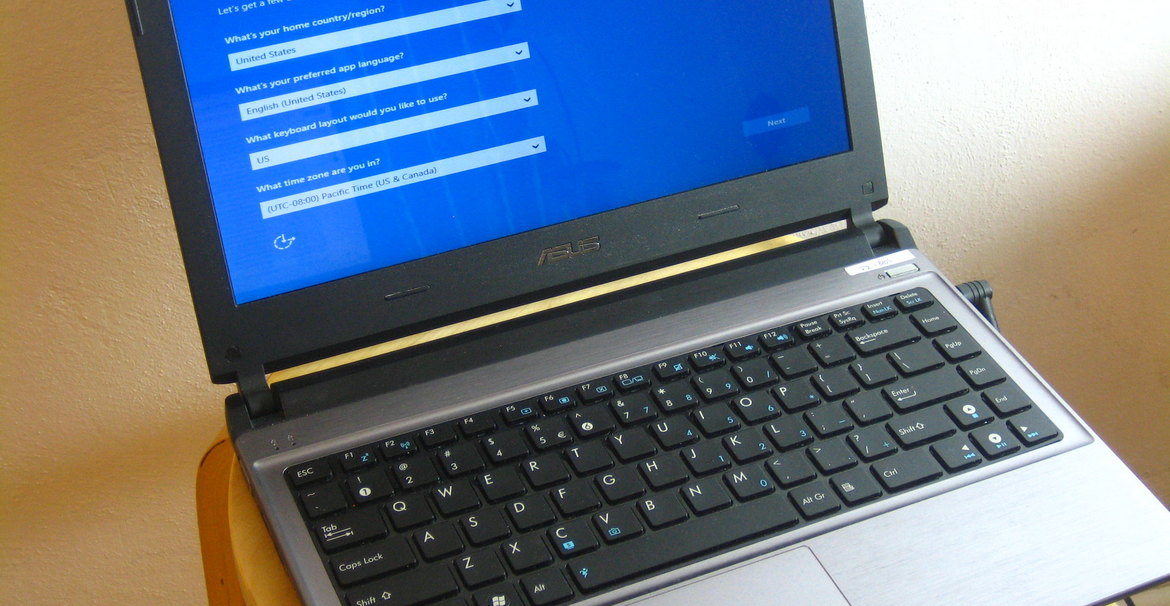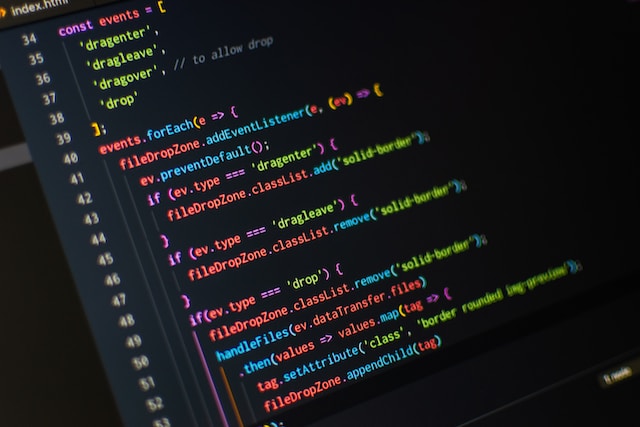Any operating system provides the user with a number of tools to customize (configure) their environment. The user can make settings: equipment, interface, network connection, administration, etc.
On Windows, the configuration tools are located in the Control Panel folder. This folder is accessed through the Main Menu. After clicking the “Start” button, select the Settings item in the menu, and then the Control Panel item in the submenu. All tools can be divided into two classes:
a class of tools for system customization. These tools are used to configure hardware and install applications. These include: installing or removing programs; installation, testing and configuration of equipment; changing the Internet settings; setting passwords, etc.
a class of tools for customizing the user interface. These tools allow you to change the appearance of the system. These include; setting the date and time, changing the design of the Desktop (sound, background, screensaver, etc.), supporting the required language, choosing the types of the mouse pointer, etc.
Let’s take a look at some of the control panel tools. Purpose of the Display tool: setting up the monitor and video adapter. Using the Display properties dialog box, you can:
- change the type of monitor driver.
- change screen resolution and color depth.
- change the color scheme and styles of text in all screen elements.
- including fonts used in dialog boxes and menus.
- change the current settings of the color palette.
Another system tool that can be used for configuration is the registry. Registry (from English registry) is an operating system database containing configuration information. The registry stores information on the hardware configuration of the computer, various operating system settings and settings for installed programs.
For example, it is possible to configure almost all settings for the Windows environment through the registry. Moreover, these settings are often impossible to correct using standard tools and tools of the operating system itself. In most cases, when everything is functioning properly, there is no need to look into the registry. But sometimes situations arise that require direct intervention in this database, and then you need to have at least an approximate idea of the structure of the registry, its functioning, the location of various information and the principles of working with it.
Windows Setup prevents inexperienced users from using the registry, so after Windows is installed, the Registry Editor is missing from the main menu and desktop. And the registry editor file (REGEDIT.EXE) is placed in the Windows system folder during the installation process.
The easiest way to open the Registry Editor is to run the command: [Start-Run, type regedit] or make a shortcut to the REGEDIT.EXE file on the Desktop.
The information stored in the hierarchical registry database is grouped into keys that contain one or more subkeys. Each subsection contains parameters (value). After starting the Registry Editor, the Registry Editor window will open, with the number of keys depending on the OS version.
The registry tree is located on the left side, and the values (keys) contained in the selected section are displayed on the right. Each section (branch) corresponds to a specific type of information about a user, hardware, application, etc.
For the above example, each root section name starts with HKEY_, and each root section contains several subkeys.
The purpose of the root partitions is as follows:
- HKEY_CLASSES_ROOT – Responsible for desktop settings, shortcuts, interprogram links, OLE technologies.
- HKEY_CURRENT_USER – Stores the settings of the current user, desktop, etc.
- HKEY_LOCAL_MACHINE – responsible for computer settings, hardware parameters, drivers, installed software and its settings.
- HKEY_USERS – stores information and settings for the Windows shell of all computer users, plus access control.
- HKEY_CURRENT_CONFIG – Responsible for the current configuration of Plug & Play devices and information about the configuration of a computer with a variable set of hardware.


